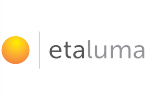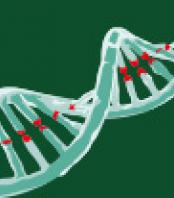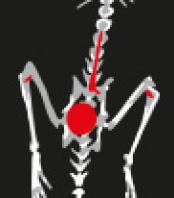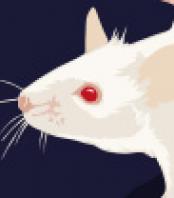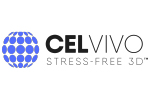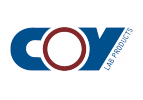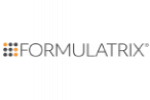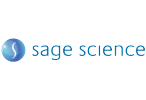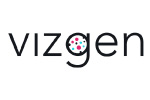Uptake behavior can be precisely investigated in vitro, with sensitive high throughput methods such as flow cytometry. In this study, we investigated two different standard cell lines, human lung carcinoma (A549) and mouse fibroblast (NIH/3T3) cells, regarding their uptake behavior of titanium dioxide NPs. Cells were incubated with different concentrations of TiO2 NPs and samples were taken at certain time points to compare the uptake kinetics of both cell lines. Samples were analyzed with the help of flow cytometry by studying changes in the side and forward scattering signal. To additionally enable a detection via fluorescence, NPs were labeled with the fluorescent dye fluorescein isothiocyanate (FITC) and propidium iodide (PI). We found that NIH/3T3 cells take up the studied NPs more efficiently than A549 cells. These findings were supported by time-lapse microscopic imaging of the cells incubated with TiO2 NPs, using Etaluma Lumascope. Our results confirm that the uptake behavior of individual cell types has to be considered before interpreting any results of nanomaterial studies.
Read more










